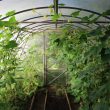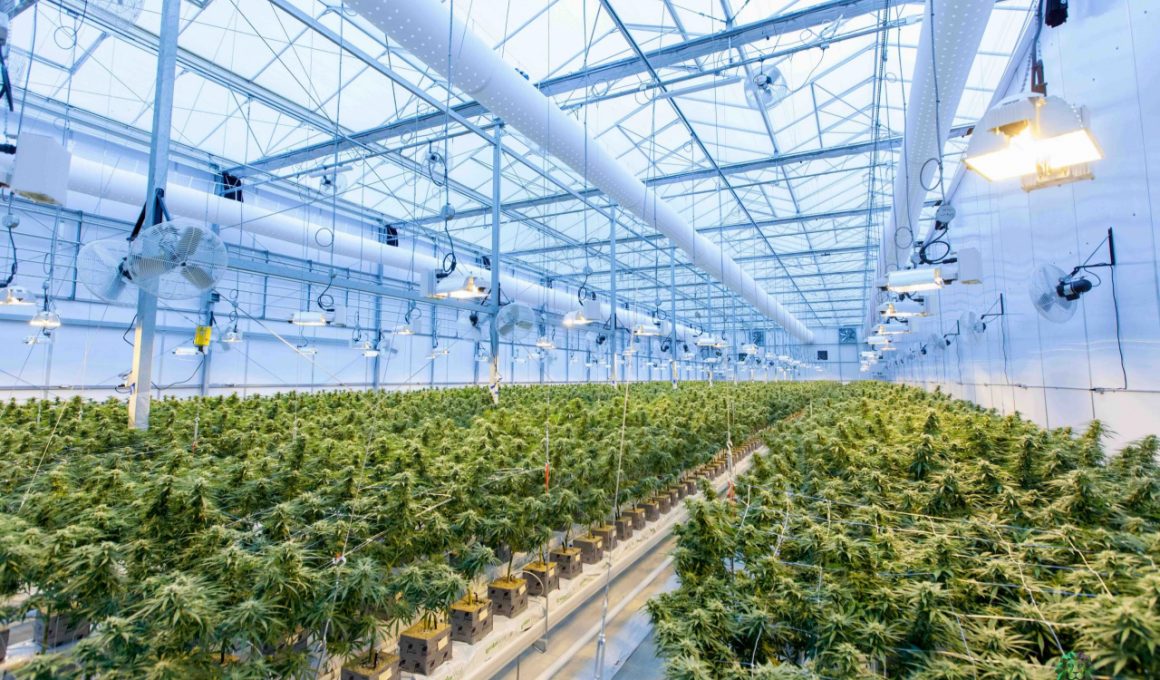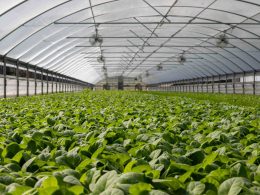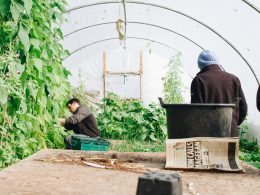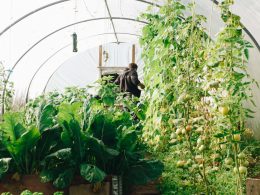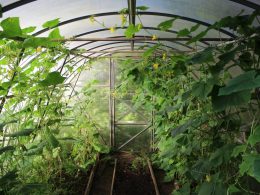Green House Adviser is reader-supported. When you buy through links on our site, we may earn an affiliate commission. Learn more
A greenhouse is a gardener’s best friend regardless of the season. If you think that growing plants during the winter is impossible, perhaps you haven’t found the right ways to prevent frost from ruining your plants.
Lucky for you, greenhouses can help you with frost damage and ensure that the plants stay dry for longer periods. If you didn’t know, each degree of temperature near freezing means the plants are at risk, but your plants will be safe if you know how to manage your greenhouse.
Can Plants Freeze in a Greenhouse?
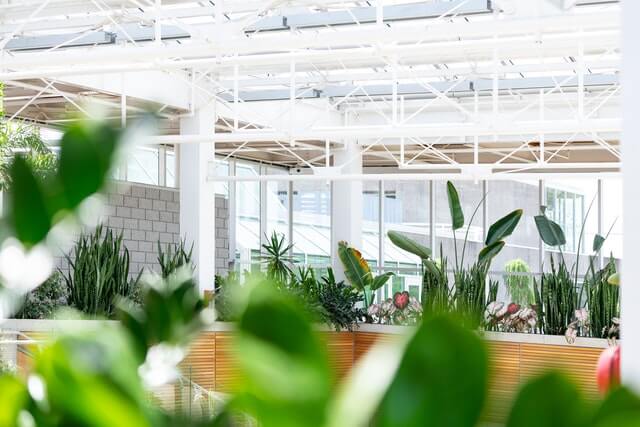
The short answer is yes; plants can freeze in a greenhouse. Usually, an unheated greenhouse will be 5 degrees warmer than the temperature outside, and as a result, a greenhouse will drop below zero in very harsh winter conditions.
Some plants can resist subzero temperatures because they’re frost-hardy, though this hardiness depends on plants. Before placing your plants in a greenhouse, you should always check and double-check if they are frost hardy; otherwise, frost will form on them. Sometimes though, ice will form on plants because they’re exposed to cold air through the glass or plastic from the greenhouse.
Another factor that will determine whether plants will freeze is the plant’s soil. A soaking wet plant is more likely to freeze because of water concentration around the roots. That’s why it’s best not to water the plants too often during the winter since the plant’s vascular system doesn’t need too much water, so you’re left with frost-free plants.
How to Protect Plants in an Unheated Greenhouse
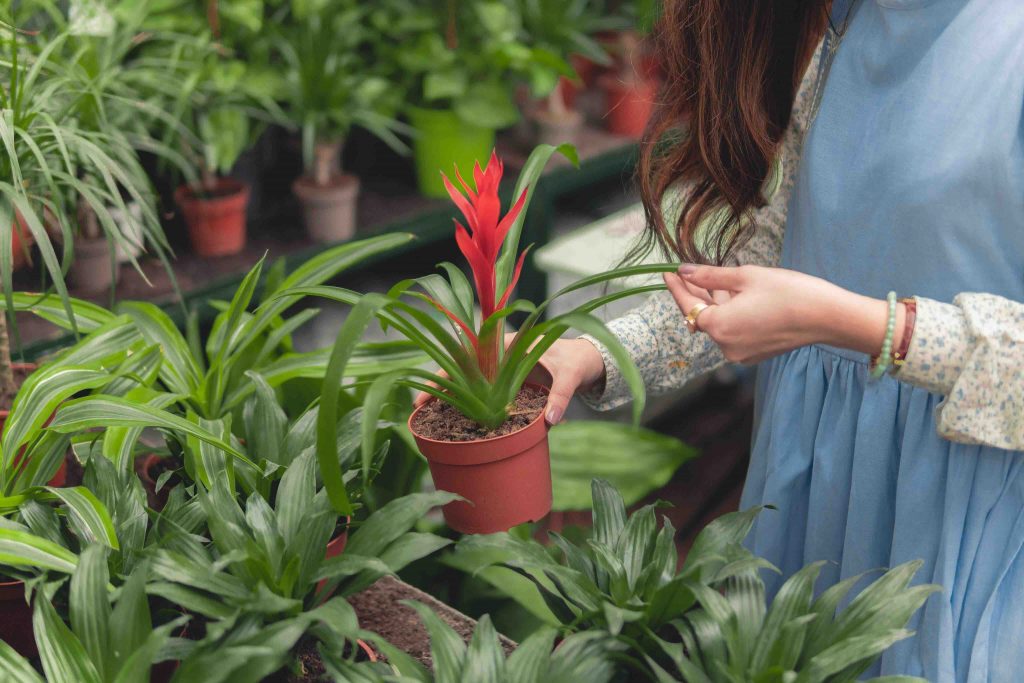
An unheated greenhouse, also known as a “cold house”, allows you to grow hardy veggies and sensitive plants that you wouldn’t usually grow during winter. It would really help if you know what plants are best suited to a cooler environment, but you can start tender annuals, propagate perennials, and then move on to more sensitive plants.
An unheated greenhouse can keep temperatures as much as 5-degree Celsius warmer than outside, and this is enough to prevent your plants from freezing, even during the harshest winters. As a bonus, this temperature ensures that the plants stay dry, which helps them survive. But, there are some other things that you can do to add an extra shield of protection to your plants.
Placing horticultural fleece
Adding one or two layers of horticultural fleece over the greenhouse plants is the simplest thing, but it adds a lot. However, you must remember to remove the coverings during the day to avoid overheating as it makes sure that the plants get the adequate light and ventilation they need during the day.
Additionally, it also adds an extra layer of protection from the cold as it acts as a micro-climate that helps increase the temperatures around the plants, but not the temperature of the greenhouse itself, which is what you need.
Placing bubble wrap
Another way of ensuring your greenhouse stays frost-free is by placing bubble wrap because it gives it an extra layer of insulation. The best method would be to use bubble wrap polythene, though the process may take some time. But is it worth it? Definitely!
If you’re worried about the sunlight not coming through the bubble wrap, don’t! If you place bubble wrap around the pots, the roots of your plants will be insulated, while the clay pots stay crack-free. That’s just one more layer of protection, but the sunlight will still shine through, and the plants stay safe at night, so it’s a win-win situation.
Avoiding overwatering
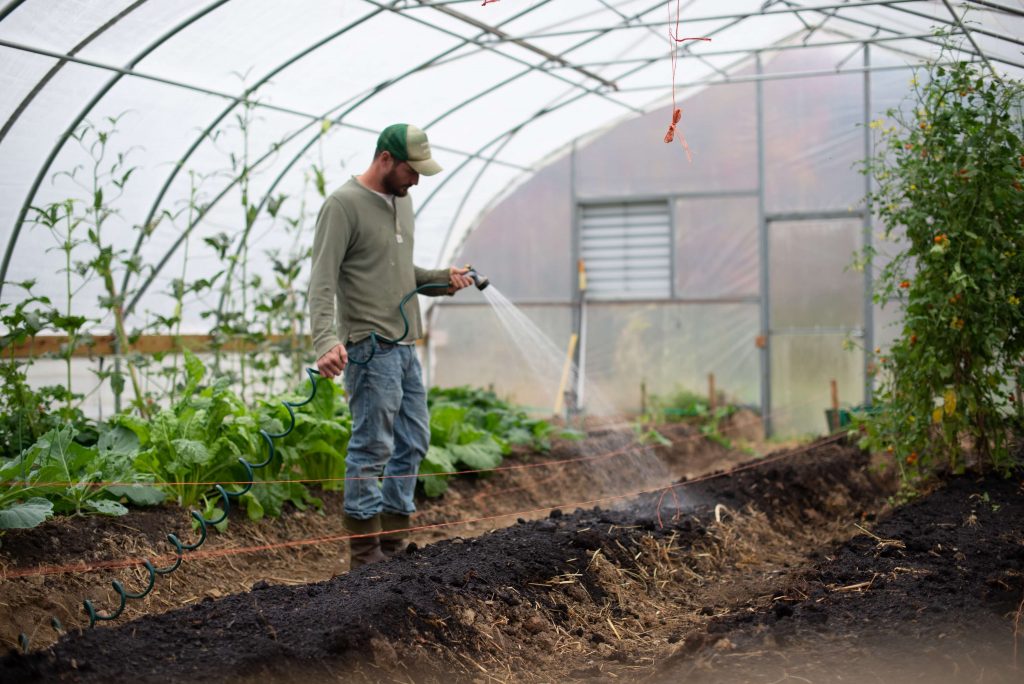
One of the biggest mistakes people make is overwatering plants to the point where they’re soaking wet. Yes, water helps plants stay alive and grow, but overwatering is a big fat NO during the winter. That’s when most plants are snoozing off, so they don’t need too much water. As a rule of thumb, we recommend watering the plants every 2 to 3 weeks when the sun is out, and the weather is warmer.
Also, overwatering can lead to fungal diseases, which could create an environment perfect for pests, but not for your plants. The goal is for your plants to be dry by the evening, and watering them during a sunny day gives the plants plenty of time to shed the water while the sun is up.
Avoiding frost pockets
The area where you decide to place your greenhouse matters and the number one location you should avoid is frost pockets in your garden. Your greenhouse needs to catch as much sun as possible, especially during the winter, but if it’s placed in a low-lying area such as a frost pocket, then the chances of your plants getting the best sunlight are little.
Installing a heater
Another straightforward and effective way of keeping out frost in your greenhouse is to install a heater for apparent reasons. If the temperatures get too low, a heater will raise the temperatures within the greenhouse so that no frost can form.
However, you need to be cautious of two things: first, the heater needs to be kept away from flammable materials, and second, you need to install it correctly based on your greenhouse’s size. You can get an electric heater, or if you want to be more energy-efficient, you can also opt for solar heaters.
What Is Good to Grow in an Unheated Greenhouse?
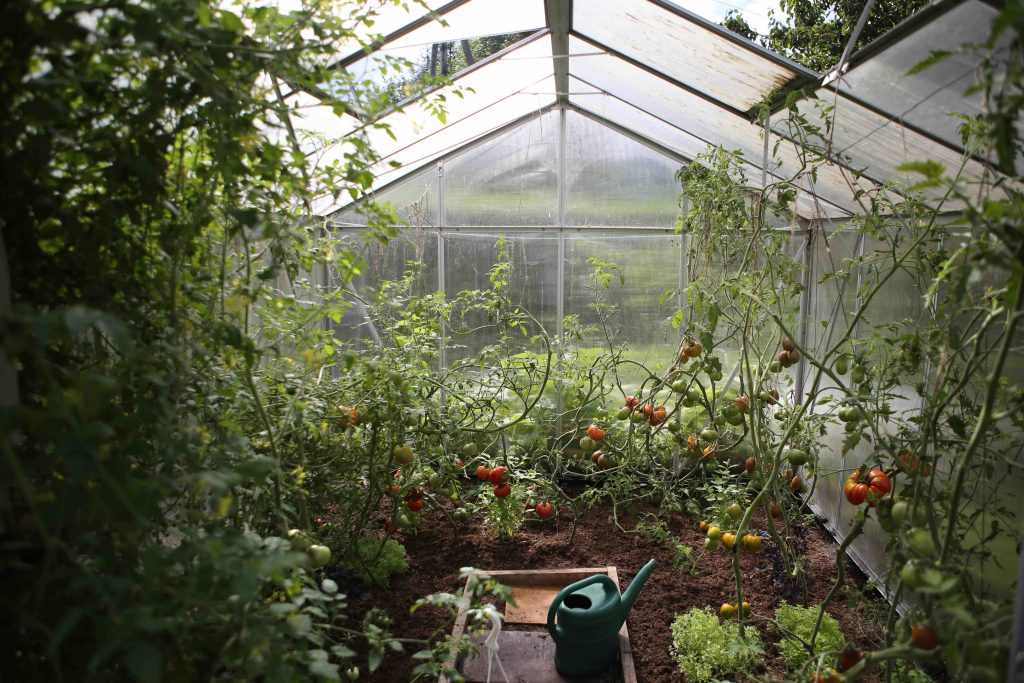
When your greenhouse is temperature-controlled, the world is your oyster. This is not to say that an unheated greenhouse is limited to what can be grown through the winter. You can use it to grow greens, grow up to annuals as the warm season approaches, propagate perennials, and then finish with frost-tender plants during the winter.
Apart from greens, other veggies withstand harsh conditions, such as broccoli or cabbage. Other cold-tolerant veggies ideal for unheated greenhouse growing are celery, Brussels sprouts, and peas. If you want to end up with the sweetest carrots, turnips, or beets, these root veggies are perfect for an unheated greenhouse because the coldness stimulates sugar production.
We’re not ending our list here; there are still other options like herbs and flowers that bloom during the winter. Perennial herbs such as parsley, fennel, oregano, and chives also withstand these temperatures. Lastly, flowers like chrysanthemum, calendula, and pansy are at their peak when the cold hits.
Can Plastic Greenhouses Protect From Frost?
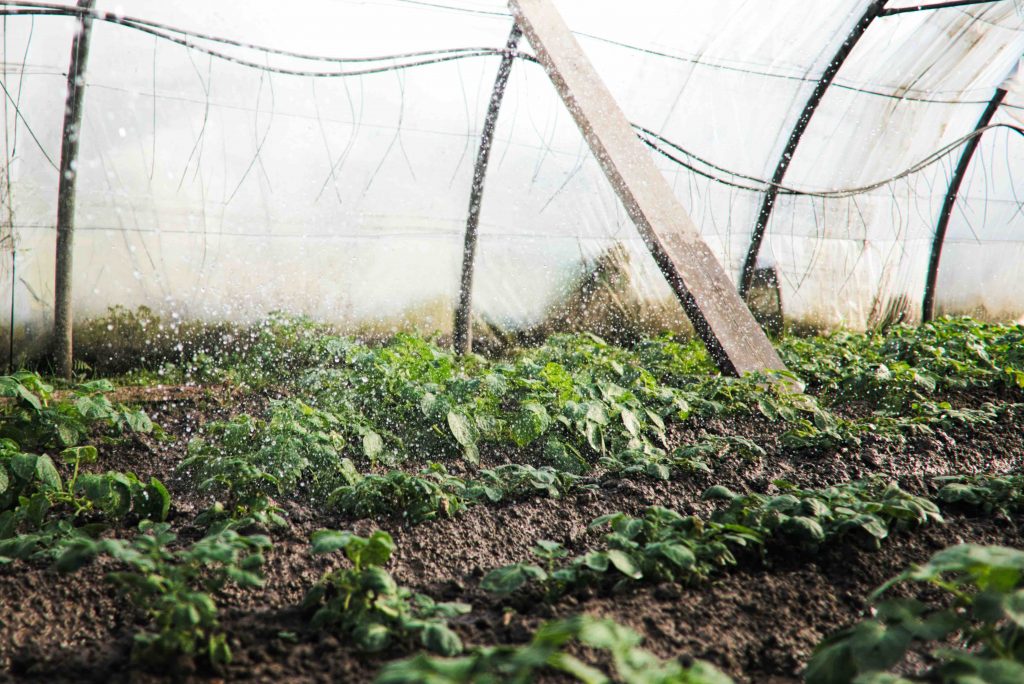
Yes, a plastic greenhouse can protect plants from frost if it’s correctly insulated. A plastic greenhouse ensures that the temperatures within the greenhouse are at least 5 degrees Celsius warmer than outside. So, yes, a plastic greenhouse provides sufficient protection for your plants during winter, and they’re increasing in popularity for a good reason.
It’s important to remember that plastic greenhouses need to be pinned or tied down because the wind can easily blow them away. Because plastic isn’t as heavy as glass, it needs to be extra secured to ensure it doesn’t move. Based on how harsh the winters are in your area, you can add further protection to them.
Conclusion
If you like gardens and are thinking of growing plants or vegetables all year round, then a greenhouse is your best investment because fresh produce makes it worthy. Even if you have a small garden, a greenhouse is worth it as it helps for better growing. At the end of the day, hopping in your backyard is much easier than going to the store, not to mention how proud you’ll feel afterward.


